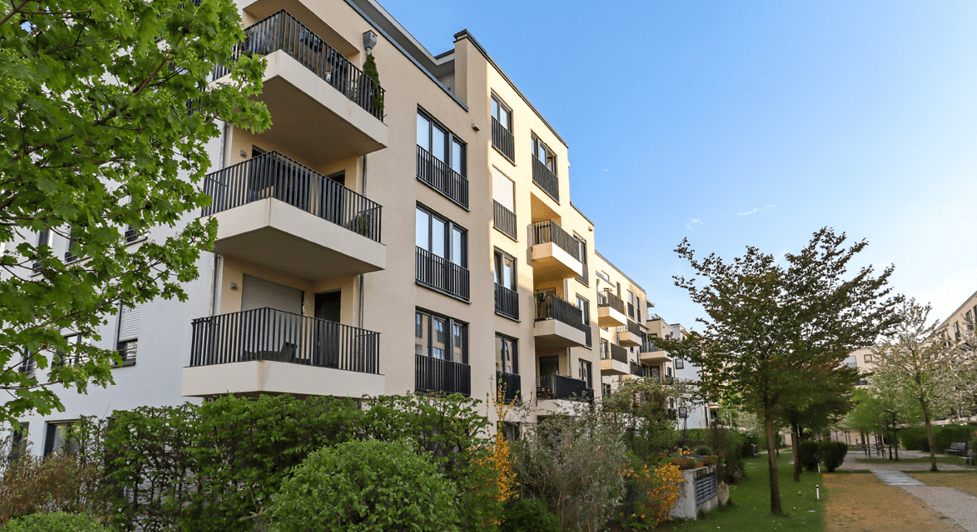Given the recent volatility and uncertainty in the capital markets, taking the safe route in regard to financing strategies is an increasingly appealing approach. For seniors housing and healthcare borrowers looking for beneficial long-term financing, “safe” most often means loans insured by the agencies or government-sponsored entities. These are Fannie Mae, Freddie Mac, the U.S. Department of Housing and Urban Development (HUD)/Federal Housing Administration (FHA), and the U.S. Department of Agriculture (USDA).
There is another funding option, however, that offers similar benefits but is not as widely known or utilized—tax-exempt bonds pursuant to Section 142(d) of the Internal Revenue Code of 1986. Section 142(d) of the tax code allows for-profit developers to use the tax-exempt bond market to issue long-term, nonrecourse bonds at competitive high-yield interest rates for the new construction or substantial renovation of seniors housing and care communities that meet certain affordability requirements.
How It Works
Proceeds from the bonds can be used to finance the new construction and/or substantial rehabilitation of assisted living (AL) and memory care (MC) communities, with a limited applicability to independent living (IL). The process typically takes three to four months from application to closing. To be eligible for 142(d) financing, a community must be “complete,” meaning it offers or will offer living, sleeping, eating, and sanitation. Further, the community must meet the definition of a “qualified residential rental project” within Section 142(d) of IRS code, which includes specific affordability requirements. To qualify, a community has two options:
- Designate 20 percent of units for individuals with incomes of 50 percent or less of area median income (AMI); or
- Designate 40 percent of units for individuals with incomes of 60 percent or less of AMI.
Many of the structuring benefits are similar to those of agency financing, such as the nonrecourse feature, 30-year loan term and amortization, and negotiable periods of interest only for qualifying projects. Interest rates are fixed subject to market conditions at time of pricing. The maximum loan amount is typically 85 percent loan-to-cost, and developers must allocate 95 percent of bond proceeds for qualified project costs (including land and construction).
Case in Point
In an example of a successful 142(d) transaction, the Retreat at Indian Land, a seniors housing community to be located in South Carolina, recently closed a $22.8 million bond placement for construction financing. The 142(d) program proved to be an ideal solution for the new construction project as the higher-leverage, fixed-rate, nonrecourse financing allowed the borrower to stretch equity for use in other projects and preserve their credit strength for guarantees on future debt.
The new community, scheduled to open in early 2023, will offer 87 units of IL, AL, MC, and respite services. It is being developed by Whitehall Senior Living, LLC, a South Carolina-based developer, and will be operated by Phoenix Senior Living, LLC, based in Roswell, Georgia.
Although it is not as well-known as it should be, the 142(d) program is an appealing financing option and one well worth considering for seniors housing and healthcare borrowers.
